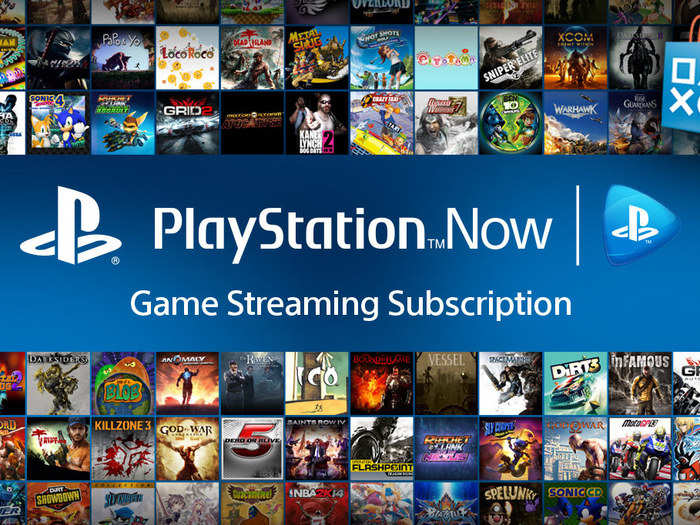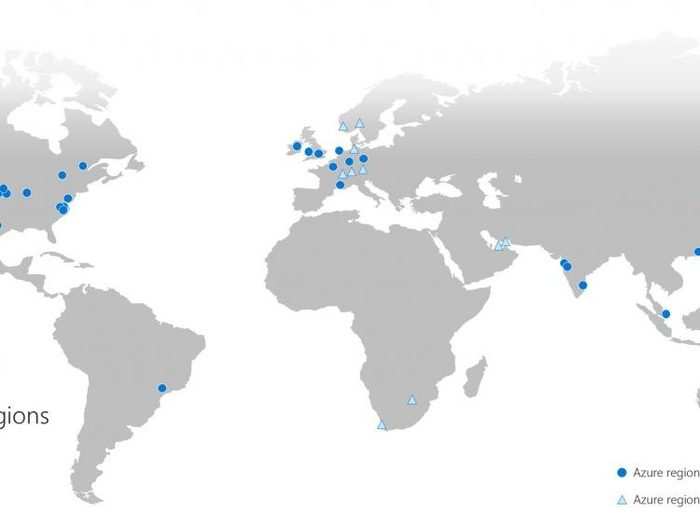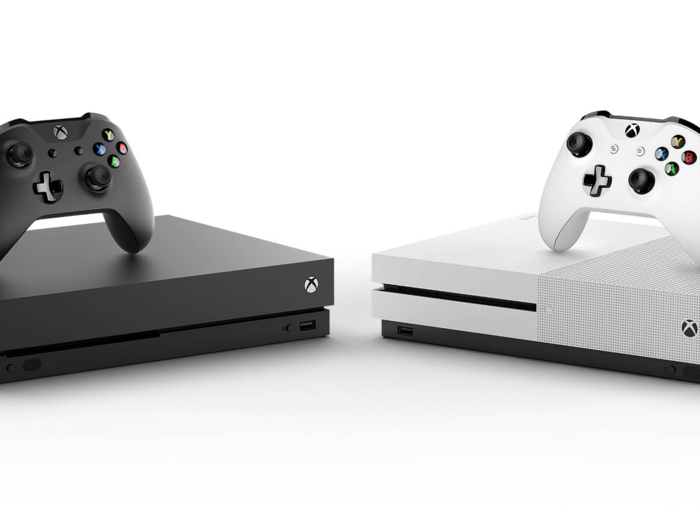- Home
- slideshows
- miscellaneous
- Microsoft is creating the 'Netflix for games': Here's everything we know so far
Microsoft is creating the 'Netflix for games': Here's everything we know so far
The goal: to reach more people who play games.

The competition: Several major tech companies, from Amazon to Verizon to Google and Sony, either already have game streaming services or are working on game streaming services.

Nearly every major tech company is working on a form of video game streaming technology right now.
Some have been announced or are already operating, like Google's Project Stream and Sony's PlayStation Now, while others are little more than whispers at the moment, like streaming services from Verizon and Amazon.
The competition is stiff, to put it very lightly.
Broadly speaking, the next two years appear to be the general launch target for most of these new game streaming services. Both Microsoft and Google have been testing their streaming services with limited, invite-only audiences, while Amazon's and Verizon's streaming services are little more than talk at this point.
Google's Project Stream demonstrated the ability to stream blockbuster games — "Assassin's Creed Odyssey," specifically — in web browsers. A public, limited test ran from late last year until mid-January 2019.
Microsoft promised "public trials" of Project xCloud in 2019, but has yet to give specific dates; it's otherwise testing the service privately on an invite-only basis.
Sony, meanwhile, has been operating a subscription-based video game streaming service in PlayStation Now for five years. The service enables players on PlayStation 4 and PC to stream PlayStation 2, 3, and 4 games without a download. It costs $20/month or $100/year.
How Microsoft plans to do it:

As seen above, Microsoft already has data centers all over the world — and that helps tremendously given the demands of video game streaming.
It's relatively simple for Netflix or Hulu to stream video data to your television, smartphone, laptop, PC, or whatever other device. If you have a stable internet connection, even if you're on a smartphone, you can probably stream video. Occasionally it might need to buffer, or maybe it'll drop in resolution in an attempt to mitigate buffering, but those stutters aren't such a big deal if you're just watching an episode of "The Office" idly during your lunch break.
Those stutters matter much more if you're playing a game, and can mean the difference between playable and unplayable in some cases.
Microsoft intends to offset those issues as much as possible by harnessing its worldwide data centers, matching players geographically with the connection closest to them.
Why Microsoft thinks it will succeed where others have failed:

"We have as much a shot to build a subscription service as anybody else," Microsoft CEO Satya Nadella told journalists at an invitational editors' meeting at Microsoft's headquarters on Monday.
Nadella says Microsoft has the upper hand with its Xbox gaming arm, which gives the company a strategic advantage that much of the competition is lacking.
"We have a huge back catalog, which is: We have our own games," he said, referring to the Microsoft-published back catalog of games on the Xbox that includes "Halo," "Forza," and much more.
He also pointed to services like Xbox Live, which draws tens of millions of paying users monthly, and the company's ability to synergize between its Windows and Xbox businesses.
"We have a structural position in that we have both a console business as well as a PC business," he said, "which happens to be bigger than the console business when it comes to gaming."
The future of Xbox consoles: A tiered approach.

Microsoft has at least two Xbox consoles in the works.
Xbox leader Phil Spencer outright announced as much in June 2018. "The same team that delivered unprecedented performance with Xbox One X is deep into architecting the next Xbox consoles," he said on stage in Los Angeles on June 10, "where we will once again deliver on our commitment to set the benchmark for console gaming.
Rumors point to Microsoft creating two new consoles that coexist within the same generation: a smaller, less expensive Xbox potentially focused on streaming video games, and a larger, more traditional, more expensive Xbox that could power games locally (or stream them).
A Windows Central report says these consoles are codenamed "Lockhart" and "Anaconda," respectively.
It's not hard to imagine Microsoft offering two versions of the next Xbox, one with a lower price point that specializes in streaming and one with a higher price point that's more powerful.
There are two videos on Project xCloud that offer a slightly deeper look into Microsoft's vision for the service — here's the first one:

And here's the second one, which offers a look into the hardware powering Project xCloud:

Popular Right Now
Popular Keywords
Advertisement